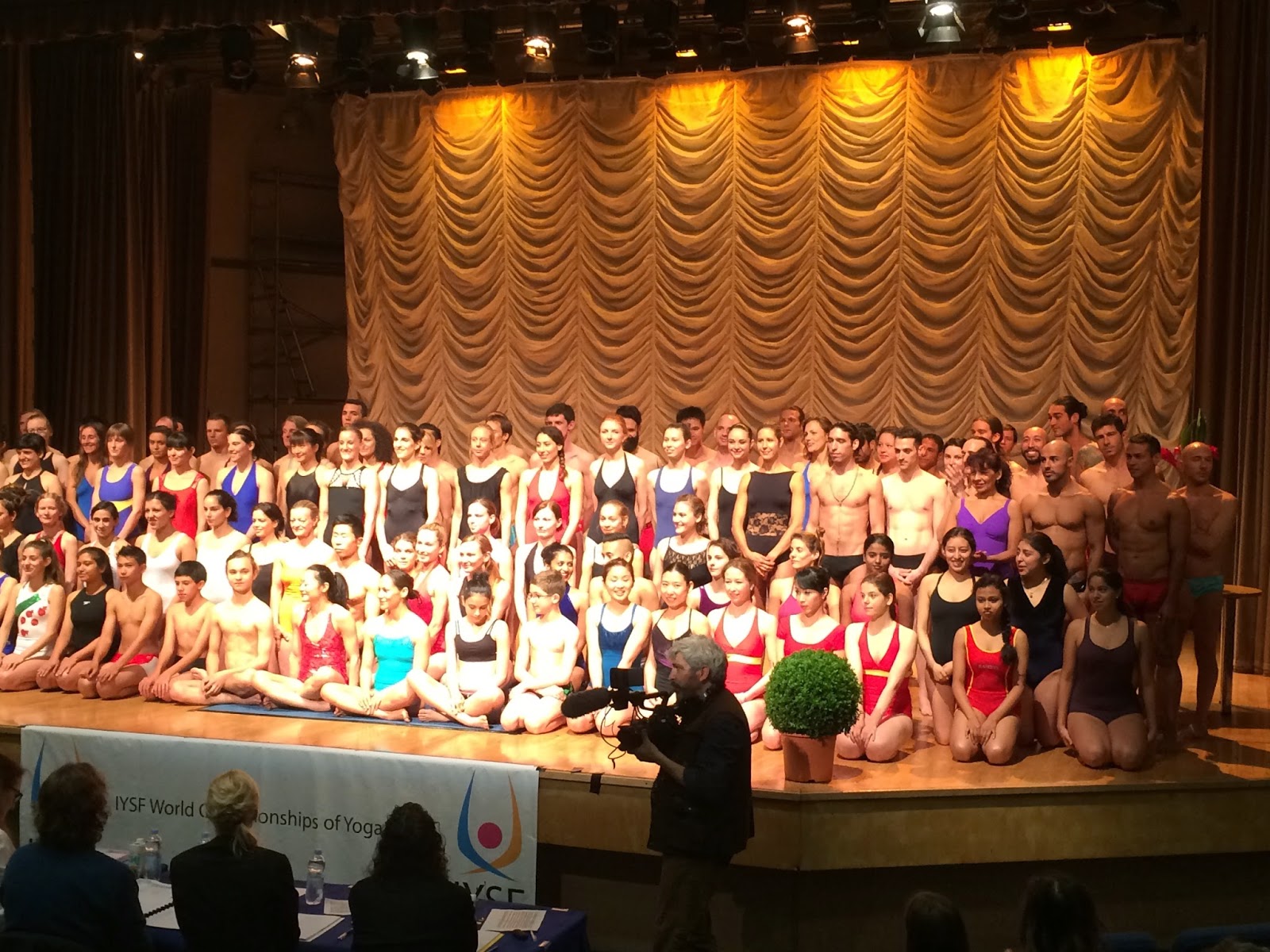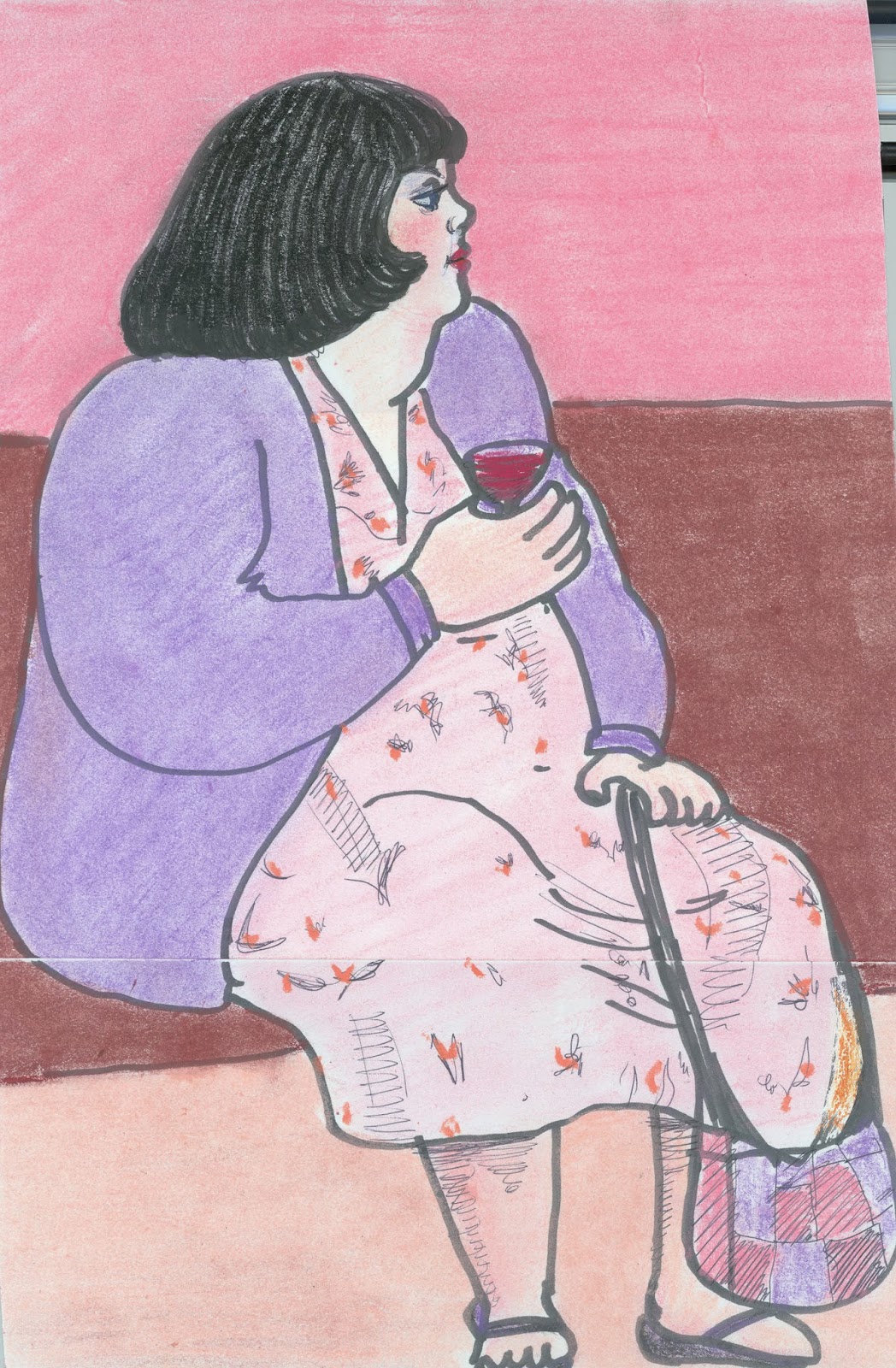PLEASE NOTE that arthealswounds.blogspot has now moved to a new Wordpress format ARTHEALSWOUNDS.
Please transfer there to follow, like, or comment on more exciting posts such as:
Seeing With Fresh Eyes: The Pearl That is Penang
The story of Joe Sidek and the George Town Festival, and my encounter with the lively spirit of Penang- Pearl of Malaysia- which has it all, temples, art galleries, theatres, mansions, fashion shows, restaurants, jungle national parks, and beaches. It includes a dip into the history of Penang at the time when Noel Coward visited and wrote 'Mad Dogs and Englishmen.'
 Face Reading: A Divinatory Art?
Face Reading: A Divinatory Art?
How your life can be read by looking at your face with a visit to Chinese/Malaysian Taoist face Reader Master Ming and Eddy Phoon, giving Thai Buddhist Blessings, lek lai stones, and life advice, including numerology, palm reading, astrology, qabbalah, taoism and even Angelina Jolie!
and Pareidolia: The Face of Things Unseen
An exploratory analysis of the significance of signs, symbols, divinations and synchronicities in life and how being able to read them increases our intuition, including Tarot, Frog Reading, Dreams, conversions, mysterious faces in yoga mats, and all the interdimensional stuff that appears once the veil of nature is rent.
I hope you find the new version more accessible, readable and interesting. It's a work in progress and I'm keeping things very small so no big SEO campaigns, or advertising campaigns, just genuine articles, not clipped for media packaged length.
Look forward to seeing your comments there.
Namaste.
KJD
Please transfer there to follow, like, or comment on more exciting posts such as:
Seeing With Fresh Eyes: The Pearl That is Penang
The story of Joe Sidek and the George Town Festival, and my encounter with the lively spirit of Penang- Pearl of Malaysia- which has it all, temples, art galleries, theatres, mansions, fashion shows, restaurants, jungle national parks, and beaches. It includes a dip into the history of Penang at the time when Noel Coward visited and wrote 'Mad Dogs and Englishmen.'
 Face Reading: A Divinatory Art?
Face Reading: A Divinatory Art? How your life can be read by looking at your face with a visit to Chinese/Malaysian Taoist face Reader Master Ming and Eddy Phoon, giving Thai Buddhist Blessings, lek lai stones, and life advice, including numerology, palm reading, astrology, qabbalah, taoism and even Angelina Jolie!
and Pareidolia: The Face of Things Unseen
An exploratory analysis of the significance of signs, symbols, divinations and synchronicities in life and how being able to read them increases our intuition, including Tarot, Frog Reading, Dreams, conversions, mysterious faces in yoga mats, and all the interdimensional stuff that appears once the veil of nature is rent.
I hope you find the new version more accessible, readable and interesting. It's a work in progress and I'm keeping things very small so no big SEO campaigns, or advertising campaigns, just genuine articles, not clipped for media packaged length.
Look forward to seeing your comments there.
Namaste.
KJD




































